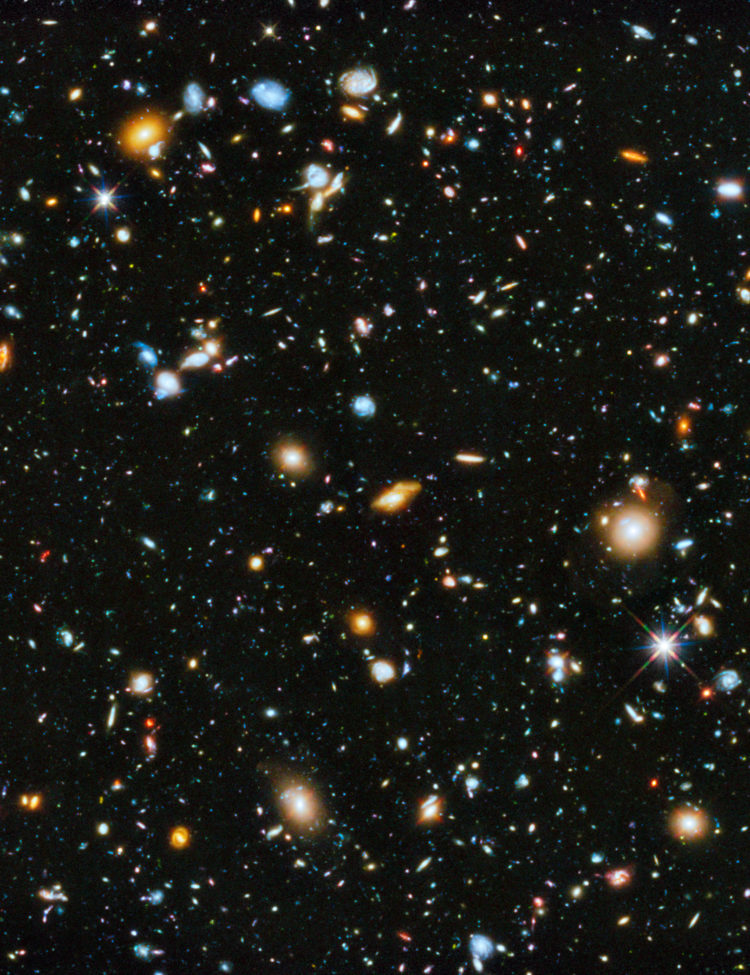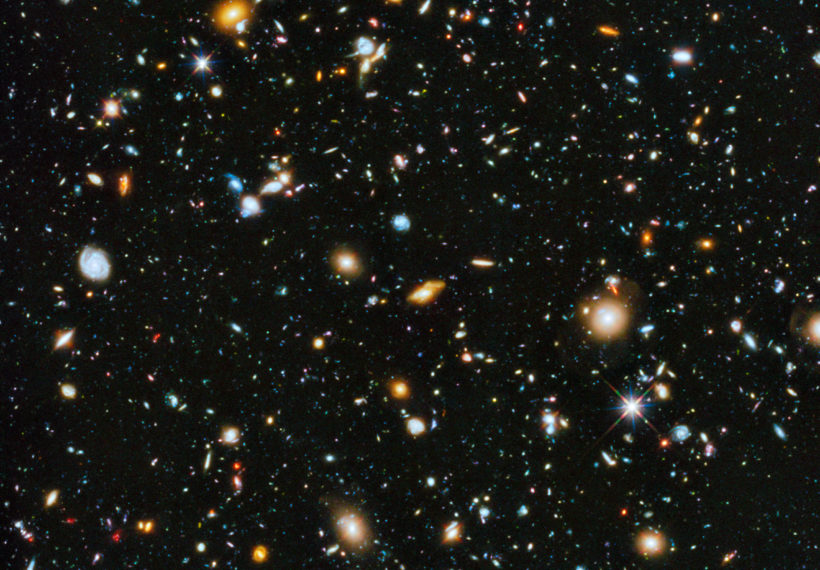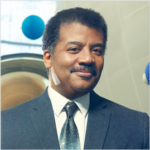About This Episode
Quidditch in Space? Badminton on Mars? On this episode, Neil DeGrasse Tyson and co-hosts Gary O’Reilly and Chuck Nice answer a grab bag of patron questions about all things athletics with our geek-in-chief astrophysicist Charles Liu.
To kick things off, we investigate human motion’s relationship with gravity and how to create risk in zero-G sports to keep them exciting. Where’s the fun if you don’t hit the ground? We explore what type of equipment and arenas would be necessary for sports in space. What fundamental physics would change in zero-G that we would need to adjust for? What about on a planet with a different atmosphere than us? We break down gravity, lift, and the ideal gas law.
Discover the difference between the slow-twitch and fast-twitch muscles. Which one would be more useful in a zero-G environment? You’ll learn about how physicists approach acceleration. What does the material of your equipment do to the physics of a ball’s motion? What impacts does our own planet have on our motion? Find out about the coriolis effect and how we can use it to our advantage.
Why do baseball players spit on their hands? We delve into moisture, grip, and static electricity. Then we ask, will there be a day where there are no more world records? Can humans keep getting faster indefinitely? Will we have to cheat? We break down the 4-minute mile, the 2-hour marathon, and what we can do to keep improving. Learn your physics fundamentals on another episode of StarTalk!
Thanks to our Patrons CNASTY!, Jilam Dickson, Aden Hahn, Sam O’Neill, Austin Allen, Devan, Phil Brady, Bruce Ryan, Rose, William for supporting us this week.
NOTE: StarTalk+ Patrons can watch or listen to this entire episode commercial-free.
About the prints that flank Neil in this video:
“Black Swan” & “White Swan” limited edition serigraph prints by Coast Salish artist Jane Kwatleematt Marston. For more information about this artist and her work, visit Inuit Gallery of Vancouver.




 Unlock with Patreon
Unlock with Patreon



 Become a Patron
Become a Patron